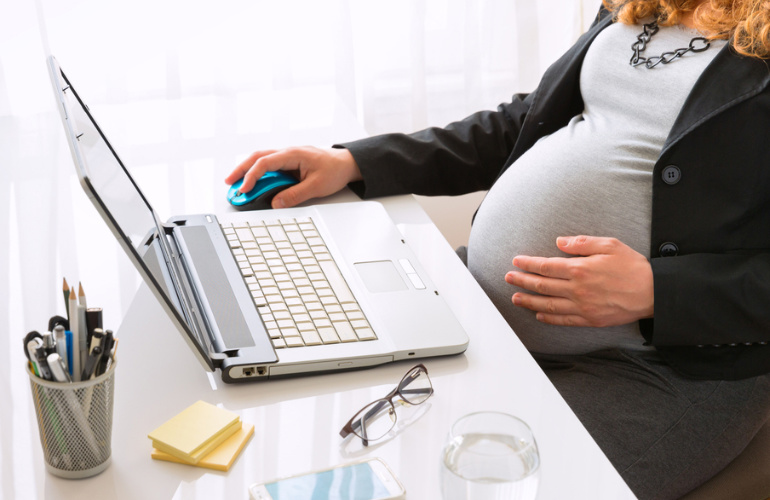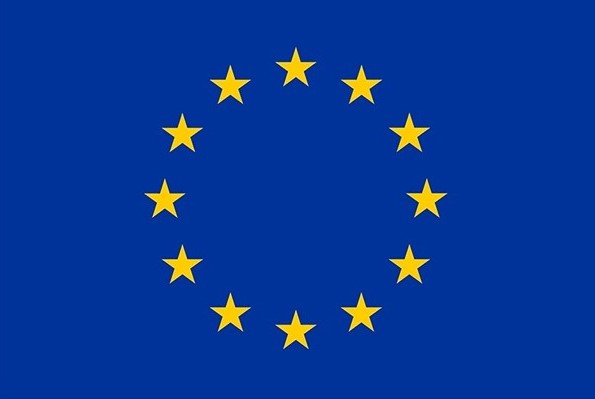Maternity protection is a fundamental principle enshrined in Article 37 of the Constitution of the Italian Republic, which states:
'A working woman has the same rights and, for equal work, the same wages as a worker. Working conditions must permit the fulfilment of her essential family function and ensure special adequate protection for mother and child'.
Maternity protection is regulated by the Testo unico delle disposizioni legislative in materia di tutela e sostegno della maternità e della paternità (Legislative Decree no. 151/01) and subsequent amendments, and by national employment contracts, so many rights also depend on the type of work you do (e.g. domestic work contract, national trade contract, etc.). The aforementioned single text regulates the leave, rest, leave and protection of workers related to maternity and paternity of natural, adopted and foster children, as well as economic support for maternity and paternity. We find it interesting to focus on maternity and the measures recently adopted to support the family. The Legislator, with the intention of launching a path to modernise our system aimed at supporting parenthood and the social and educational function of the family, to counteract birth rate, to encourage the sharing of responsibilities in family life with the work of both parents, including self-employed workers, has issued Law No. 32 of 7 April 2022 (the Family Act). This measure delegates the Government to adopt a series of Legislative Decrees implementing the provisions contained in the same Act. Therefore, the Family Act is not a single piece of legislation, but a package of measures dedicated to the family. The first of these implementing decrees is Legislative Decree No. 105 of 30 June 2022, in force as of 13 August 2022, which, in implementing Directive (EU) 2019/1158, introduced a number of new regulations on maternity, paternity and parental leave in order to reconcile work and private life for parents and caregivers, as well as to achieve the sharing of care responsibilities between men and women and gender equality in the work and family sphere. Maternity leave is the period of compulsory abstention from work granted to the female worker during pregnancy and puerperium; today the father is also entitled to compulsory paternity leave of 10 days, while parental leave is a period of optional abstention from work granted to parents to take care of the child during the first years of life (or from the entry into the family/Italy in the case of adoption or fostering) and to meet the child's emotional and relational needs.
We highlight the most important novelties:- Parental leave, new rules
The rules on parental leave for employees are changed by the news coming from the EU: the right to the allowance, with an amount equal to 30% of the salary for both father and mother, is extended until the child is 12 years old, or from the child's entry into the family in case of adoption or fostering (compared to 6 years previously provided for). The distribution of compensable periods changes: both father and mother are entitled to an compensable period of 3 months that cannot be transferred to the other parent. Both parents, alternatively, may take an additional compensable period of 3 months.
This means that the period of parental leave covered by an allowance at the rate of 30% is increased from 6 to 9 months, subject to the maximum leave limits for parents: the mother may take a maximum of 6 months of parental leave until the child is 12 years old. Father may take a maximum of 6 months parental leave, which may be increased to 7 months if taken continuously or in instalments for not less than 3 months. - Compulsory paternity leave of 10 days
A working father is entitled to 10 working days of leave, which can be taken between 2 months before the expected date of birth and 5 months after the birth, both in the case of the birth and the perinatal death of the child. This is an autonomous and distinct right to which working fathers are entitled, in addition to the 'alternative' paternity leave, which is only due in serious cases of death, serious infirmity or abandonment of the child by the mother. - Smart working, priority to certain categories
Employers must give priority to smart working requests from employees with children up to 12 years of age or without any age limit in the case of children with disabilities. The same priority shall be given by employers to requests from employees with disabilities in cases of ascertained severity or those employees who are caregivers. - Maternity, what changes for self-employed workers
Legislative Decree no. 105/2022 sanctions the recognition, for self-employed women workers and freelancers, of a daily maternity allowance equal to 80% of the minimum daily wage provided for by law also for any periods of early abstention from work in the event of a pregnancy at risk. - The single parent
Also strengthened is the protection for the single parent (including the one who has sole custody of the child), who is granted 11 months (instead of 10 months) of continuous or fractioned parental leave, of which 9 months (instead of 6 months) can be compensated at 30% of salary. - Leave: How to submit new applications
From 13 August 2022, it is possible to take the leave as amended by the legislation, with a request to one's employer, subsequently regularising the use of the leave by submitting an online application to INPS, which is in the process of implementing the current procedures. However, for any information and clarification and for the telematic submission of the application, please contact the Patronato Inas-Cisl. By connecting to our website (www.inas.it) you can find the office closest to your home, both in Italy and abroad.


